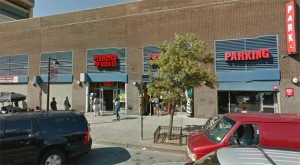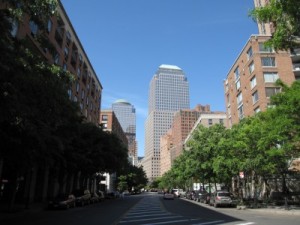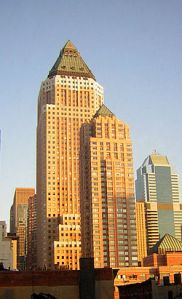Over the past decade, an underutilized garage on West 125th Street in Harlem has gradually been transformed into a bustling office and retail space, with more plans for a cultural center and affordable housing on the horizon.
In 1999, Gov. George Pataki announced a plan to transform the largely dormant space into a new multipurpose complex. Shortly after, developers broke ground on a 110,000-square-foot retail center. Planned changes to the site did raise some initial concern. Harlem Assemblyman Keith Wright, chairman of the Harlem Community Development Corporation said:
“The number of economic development projects currently moving forward in Harlem have brought new life to our community, but they must find harmony with our current residents and businesses to be truly successful.”
In early 2012, Mayor Michael Bloomberg and Gov. Andrew Cuomo revealed new additions to the site. The City planned to build a $225 million cultural complex, the Urban League Empowerment Center, which plans to house the headquarters of the National Urban League – the nation’s largest civil-rights organization – as well as the City’s first civil rights museum.
Affordable housing will also be part of the project. Adjacent to the complex will be a 114-unit residential tower split among a variety of incomes using a 50-30-20 model, in which 50 percent of units will be market rate, 30 percent will be affordable and 20 percent will be set aside for low-income residents.
The development is the latest in a long line of projects along the 125th Street corridor. The street was rezoned in 2008 to make way for more high-rise developments, and new proposals since then have included plans to transform the Taystee Bakery site into a new office and industrial complex and a proposal to redevelop the vacant Corn Exchange Building into a retail property.
Leonard Grunstein helped design the air rights structure for the office tower portion of the complex.
To read the latest on Leonard Grunstein, visit his Facebook page.





